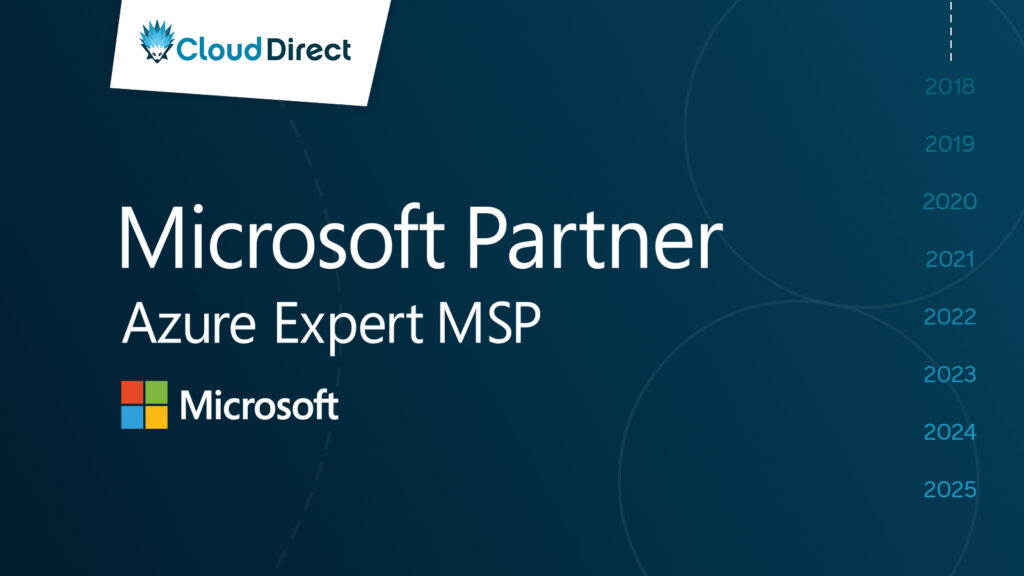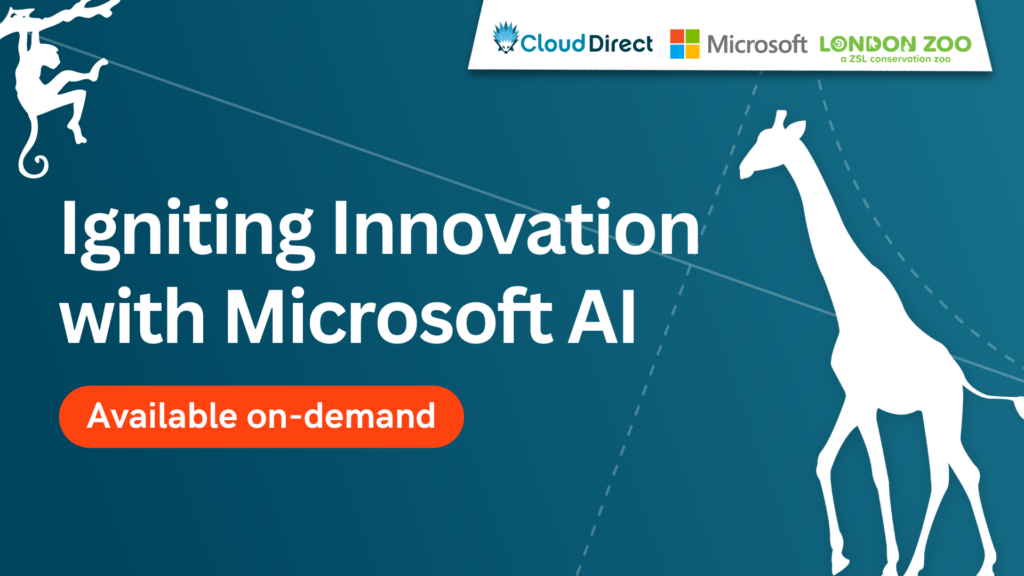
Over the past five years, the way businesses use the cloud for their applications has changed dramatically – making it safe to say technology has transformed the way applications are made. With customers relying on SaaS solutions and cloud-based start-ups popping up left right and centre, it makes now a perfect time to migrate your application to the cloud. But where do you start?
Application Rationalization is the first step in your migration. Microsoft defines it as; the process of evaluating assets to determine the best way to migration or modernise each asset in the cloud. The best way to analyse your applications environment is by using what Gartner articulately coined as the five R’s of application modernisation – this will help you choose the best path for your migration.
So, when you’re looking to modernise application make sure you use the rationalization approach that fits your long-term strategy, motivations, and current state environment. Ready to explore the five R’s? Let’s jump in.
Rehost
Rehosting an application, more commonly known as a ‘lift and shift’, makes the least change to the architecture of the application. It is the simplest migration there is as it involves you moving your application from one environment to another. Rehosting your application is suitable for a legacy migration or if you have an IT team with limited cloud knowledge.
It’s best to rehost when you’re looking to move fast or on-prem is costing your business too much.
Refactor
Refactoring an application is when you refactor the code to open your ISV up to new business opportunities. This doesn’t mean making any major overhauls to the code, just updating a few bits here and there to optimise your application.
Once your application has been refactored, your ISV will have greater cloud efficiency, giving you access to better resources, speed, optimised costs and the ability to better manage your operations. Once your ISV has refactored your application you will be able to leverage Microsoft tools such as Azure SQL Database Managed Instances, Azure Container Services, Azure’ App Services, Azure Functions and Logic Apps.
It’s best to refactor when creating a custom application or you don’t want to create or maintain infrastructure.
Rearchitect
Before you can even start thinking about moving to the cloud, you need to make sure your application is cloud compatible. Rearchitecting an application is when you completely re-write your application to better fit in the cloud. This is usually the case for a legacy or ageing applications that aren’t compatible with the latest cloud providers.
The four key reasons why you may want to rearchitect your application are:
- Your application is cloud-compatible, but not cloud-native
- Improve your applications scale and agility
- Making it easier to adopt new cloud capabilities
- If you use a mix of technology stacks
Rebuild
Sometimes, applications aren’t worth further investment as they don’t meet the businesses current needs and are now unsupported or misalign with the current business process. If this is the case, then it’s best if your ISV rebuilt their application with a new code base that will align with a cloud-native approach. This typically involves your ISV leaving the old application and rebuilding it from new using the Azure Platform as a Services (PaaS) such as, Azure Functions, Logic Apps and Azure SQL Database.
So, if you’re planning to scale your application and futureproofing it using the latest cloud technologies then a rebuilding approach is right for you.
Replace
When building your application, you would have used the best technology and approach available at the time. But you know better than anyone that technology can get outdated quickly, particularly if it isn’t being maintained and keeping up with industry best practices.
It’s best to replace when you don’t want to invest in a development team to revive your application.
Five R’s of application modernisation

So, what approach will you take?
Before modernising your application, you should apply the 5 R’s to help you make the right decision about your application. If you want help figuring out the best migration for your application or are looking for a partner to migrate with, simply get in touch with our application experts.





